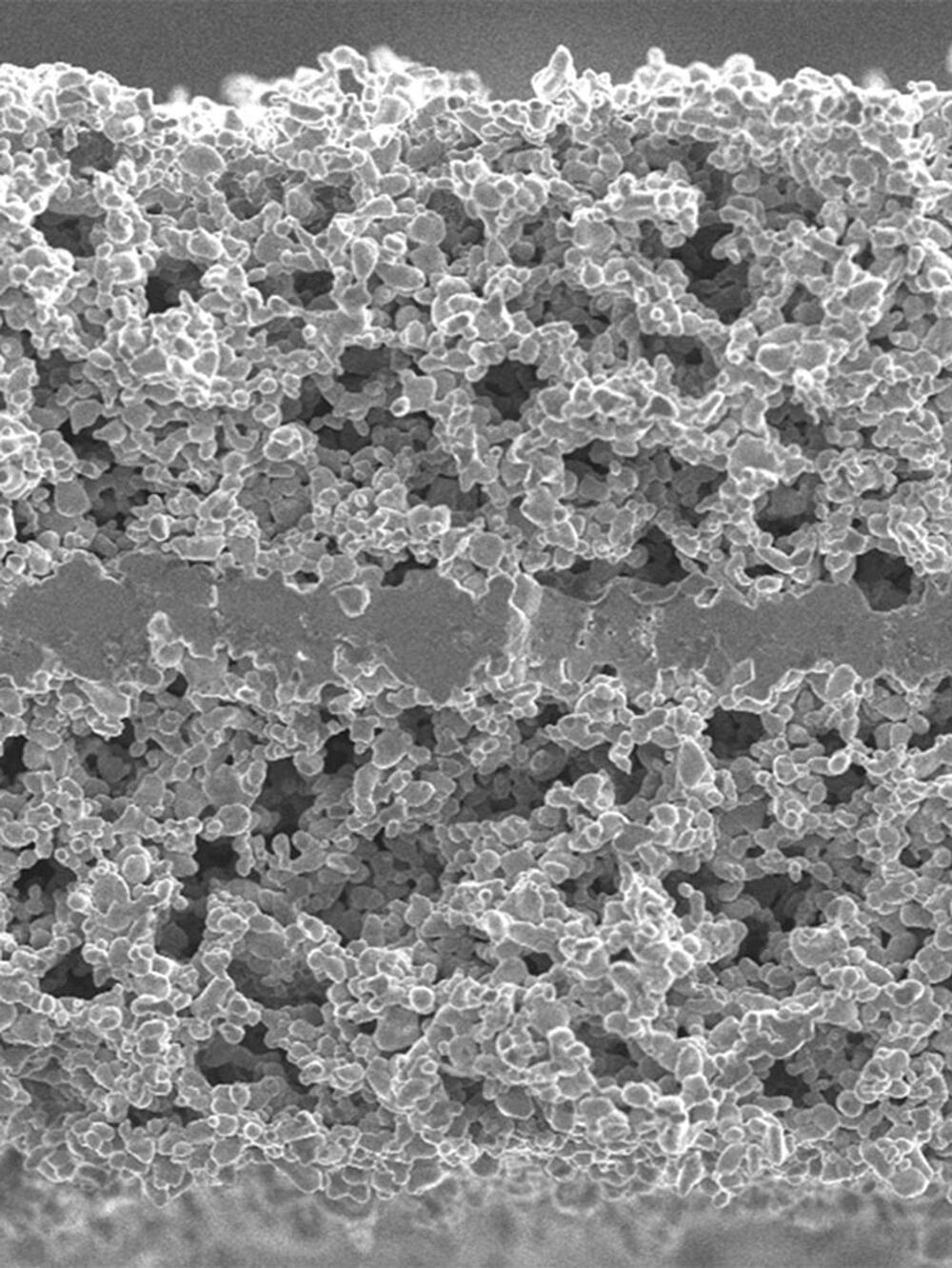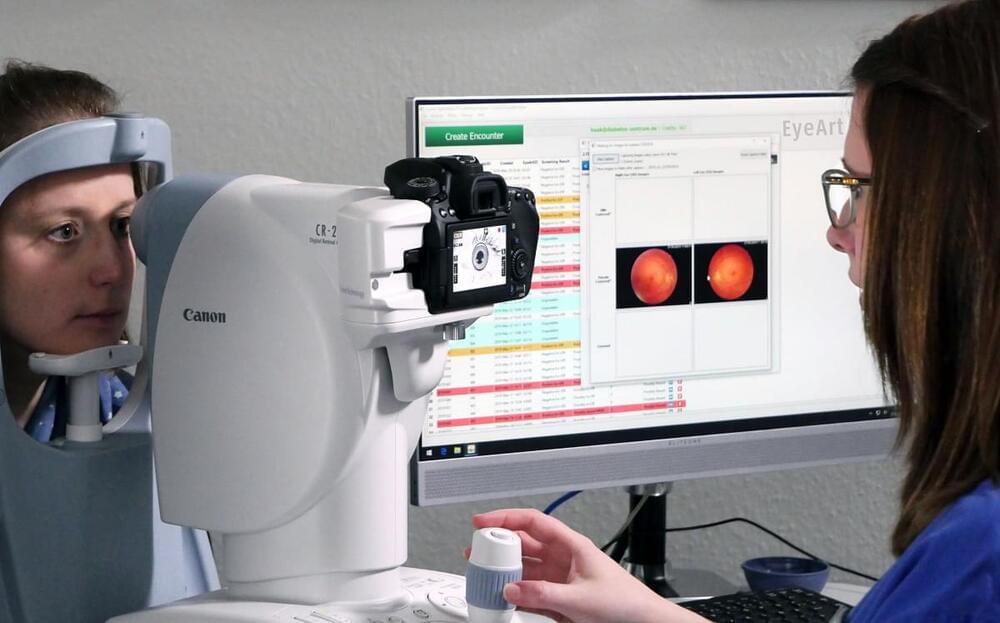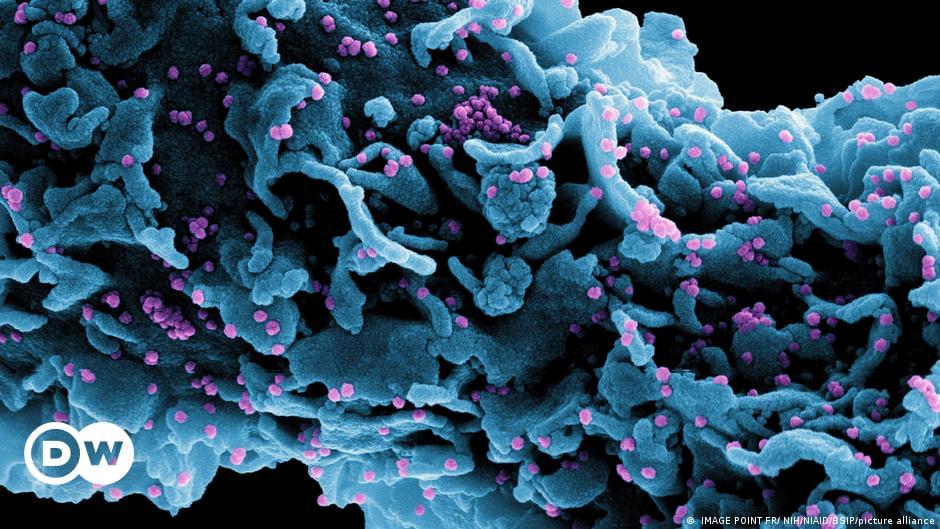Circa 2020
A superthin electrolyte with three layers could deliver safe, fast-charging batteries.

These self-powered robots, which were inspired by water-walking insects, delivered chemicals while partially submerged in a solution.

British Lithium explains their pilot method of lithium extraction at its pilot plant, which was built over seven months and funded by government innovation agency Innovate UK:
Our unique pilot plant approach incorporates all processing stages – from quarrying through to high purity lithium carbonate production. This includes crushing, grinding, and beneficiating the ore, custom-built electric calcination at low temperatures, acid-free leaching, and multiple purification steps that include ion-exchange.
The company will manufacture 5 kilograms (11 pounds) of lithium carbonate per day from early 2022 in its pilot plant, which it says is enough to demonstrate its commercial value to customers. Once the process is fully developed, British Lithium will begin work on building a full-scale plant.

An artificial intelligence (AI) system that can identify diabetic retinopathy (DR) without physician assistance, including the most serious form that puts patients at risk of blindness, has outperformed expectations in a clinical trial. The commercial system successfully detected the presence and severity of the disease in 97% of eyes analysed. Deployment of such AI systems in primary care facilities for use by non-specialists could significantly increase access to eye exams that include DR evaluation, aiding in the diagnosis and treatment of the disease.
An artificial intelligence system that simplifies diabetes retinal screening could help save the vision of millions of people around the world.
Yahoo Finance’s Dani Romero reports on the increasing use of robots and automation by restaurants and retailers amid the pandemic and labor shortages.
Don’t Miss: Valley of Hype: The Culture That Built Elizabeth Holmes.
WATCH HERE:
Watch the 2021 Berkshire Hathaway Annual Shareholders Meeting on YouTube:
https://youtu.be/gx-OzwHpM9k.
About Yahoo Finance:
At Yahoo Finance, you get free stock quotes, up-to-date news, portfolio management resources, international market data, social interaction and mortgage rates that help you manage your financial life.
Yahoo Finance Plus: With a subscription to Yahoo Finance Plus get the tools you need to invest with confidence. Discover new opportunities with expert research and investment ideas backed by technical and fundamental analysis. Optimize your trades with advanced portfolio insights, fundamental analysis, enhanced charting, and more.
To learn more about Yahoo Finance Plus please visit: https://yhoo.it/33jXYBp.
Connect with Yahoo Finance:
Get the latest news: https://yhoo.it/2fGu5Bb.
Find Yahoo Finance on Facebook: http://bit.ly/2A9u5Zq.
Follow Yahoo Finance on Twitter: http://bit.ly/2LMgloP
Follow Yahoo Finance on Instagram: http://bit.ly/2LOpNYz.
Follow Cashay.com.
Follow Yahoo Finance Premium on Twitter: https://bit.ly/3hhcnmV




Hi everyone, I’m Larry Tabak. I’ve served as NIH’s Principal Deputy Director for over 11 years, and I will be the acting NIH director until a new permanent director is named. In my new role, my day-to-day responsibilities will certainly increase, but I promise to carve out time to blog about some of the latest research progress on COVID-19 and any other areas of science that catch my eye.
I’ve also invited the directors of NIH’s Institutes and Centers (ICs) to join me in the blogosphere and write about some of the cool science in their research portfolios. I will publish a couple of posts to start, then turn the blog over to our first IC director. From there, I envision alternating between posts from me and from various IC directors. That way, we’ll cover a broad array of NIH science and the tremendous opportunities now being pursued in biomedical research.
Since I’m up first, let’s start where the NIH Director’s Blog usually begins each year: by taking a look back at Science’s Breakthroughs of 2021. The breakthroughs were formally announced in December near the height of the holiday bustle. In case you missed the announcement, the biomedical sciences accounted for six of the journal Science’s 10 breakthroughs. Here, I’ll focus on four biomedical breakthroughs, the ones that NIH has played some role in advancing, starting with Science’s editorial and People’s Choice top-prize winner:

Power is slowly being restored for people living in the Sierra and foothills, but on top of electric issues, many residents are finding themselves low on another much-needed resource.
Several viewers have called and written to the KCRA 3 newsroom about a lack of propane. One such viewer Debbie Sterling of Placer County.